New Zealand Moa Bird

Missing Link In Palaeognath Evolution Scimex
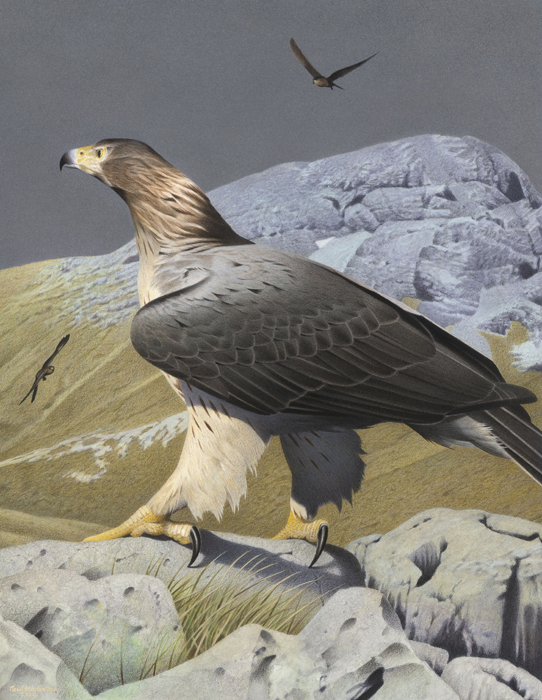
Haast S Eagle New Zealand Birds Online

Fossil Of World S Largest Parrot Discovered In New Zealand

Extinct Birds Of New Zealand A Diverse Menagerie Sadly Departed Te Papa S Blog

The People S Bird New Zealand Geographic

When The Maori First Settled New Zealand They Hunted Flightless 500 Pound Birds Gastro Obscura
New Zealand's flight path to disaster ".

New zealand moa bird. Moa were the largest, and technically the only ones that could be referred to as ‘megafauna’;. Five of the seven moa footprints uncovered in the riverbank. The upland moa (Megalapteryx didinus) was a species of moa bird endemic to New Zealand.
Genetic comparisons suggest that the closest relatives of moa are the flighted tinamous of South America. Then, about 600 years ago, they abruptly went extinct. The Kiwi and Other Flightless.
THE MOA - Extinct Giant Flightless Bird of Aotearoa / New Zealand - YouTube. History of the Land Vertebrates Collection at Auckland Museum. There were more than a dozen species of moa and the largest of these may have weighed more than 0 kilograms and stood 2 to 3 meters high.
THE MOA - Extinct Giant Flightless Bird. This video is unavailable. These bones are helping today’s scientists unravel the further mysteries of extinct birds in the Pacific.
The number of different species is in dispute, estimates varying from 9 to 64. The Moa Birds of New Zealand. Scientists have revealed the African origins of New Zealand's most mysterious giant flightless bird – the now extinct adzebill – showing that some of its closest living relatives are the pint.
Moa were a fascinating and diverse group of birds that possess numerous anatomical and biological characteristics that are not found in any other bird specie. Moa radiation occurred principally in the South Island, where seven species occurred (five endemic), though it was unusual to have more than four species present at any one site. The early discoveries Not long after the first European settlers arrived in New Zealand, stories about giant birds that once existed upon the Islands began to filter out, reaching all over the world. The European settlers initially only had Maori stories to go on, but in time the remains of large flightless birds began to be found.
An artist's impression of moa. The Moa was a large flightless birds that lived on the islands of New Zealand. Our third humorous blog from the archives is a hilarious story, one that's become the stuff of New Zealand legend, based on a true event.
Read on to learn about the Moa. It is assumed that the moa was. Moa were a family of eleven species of flightless birds that were only found within New Zealand.
Records of the Auckland Museum, 36, 59-93. New Zealand has a better record of the birds that lived over the past 100,000 years than any other area of the world" New Zealand Herald 14 January 03. Moa were grazers, functionally similar to deer or cattle in other habitats, and Haast's eagles were the hunters who filled the same niche as top-niche mammalian predators, such as tigers or lions.
Moa are unique amongst flightless birds because they have lost any trace that they once had wings — not even tiny wing bones or a wishbone are left. The Bird Identification online course will help you identify the 10 New Zealand forest birds most commonly recorded during five minute bird counts. The two largest species, Dinornis robustus and Dinornis novaezelandiae, reached about 3.6 m (12 ft) in height with neck outstretched, and weighed about 230 kg (510 lb) while the smallest, the bush moa, was around the size of a turkey.
Dinornis (the Moa) were giant birds that lived in New Zealand that became extinct at the end of the 18th century. The upland Moa (Megalapteryx didinus) was a specie of the endemic Moa bird in New Zealand. The moa was a giant species of bird that were known to have grown 3.6m in height and weighing around 230kg.
But some recent evidence suggests otherwise. Regrettably, all were extinct within a few centuries of human arrival. Wikimedia Commons Turns out, moa first appeared around 8.5 million years ago!.
They were the dominant New Zealand land vertebrates, exhibiting far greater adaptive radiation than other New Zealand landbirds. While the smallest, such as the turkey-sized bush moa, were fairly petite, the South Island giant moa clocked. Most of the moa bones recovered in New Zealand are less than 12,000 years old, a "short snapshot of time which has given us a rich insight".
"The mystery of New Zealand's giant moa has been solved at last - she was a female" New Zealand Herald 11 September 03. It lived only on New Zealand’s South Island, in mountains and subalpine regions. They shortly became extinct after the humans starting migrating to New Zealand because they were an easy kill and a large meal….
There were nine species of these extinct birds. It is literally a native clown.” He recounts a tale of a kea that flew high with a stolen plastic mug which it then dropped for others to catch in mid-air. In 01, he claimed he discovered no fewer than thirty-five separate moa ground prints from which he infers the existence of a colony of as many as fifteen birds.
Flightless giant island-living bird was the New Zealand giant moa (Dinornis giganteus), a member of the ratite family. There were several species of moa, some taller than the elephant bird at 7 ft (2 metres) to the middle of the back and 13 ft (4 metres) to the head (twice the height of a tall man), although their necks probably projected forwards like a kiwi rather than upwards as usually. The moa, a species of giant flightless birds, went extinct soon after humans arrived in New Zealand during the 13th century (Wikimedia Commons) By Meilan Solly.
They belong to the ratite group of birds, which also includes ostriches, emus and kiwi. Feathers to keep moa's. Together they represent the most diverse radiation of any New Zealand endemic bird group.
Here’s how this bird had probably looked like Image credits:. Dinornis robustus and Dinornis novaezelandiae. Unlike New Zealand’s moa, there are woefully few dodo bones in collections.
Moa definition is - any of various usually very large extinct flightless birds of New Zealand of a ratite order (Dinornithiformes) including one (Dinornis giganteus of the family Dinornithidae) nearly 12 feet (3.7 meters) in height. The tallest and heaviest bird that ever lived was the Emu-like Moa of New Zealand, which grew to a dizzying height of 12-14 ft and weighed in at 600 pounds. The first name recorded for the bird in New Zealand transcribes as ‘movie’, and in 1912 a Māori chief, Urupeni Pūhara, was reported to say that the.
Though I haven't been much of a bird enthusiast, the kiwi bird was one of the most fascinating I've ever seen. New Zealand Bird Book Recommendations. However, our study will include a range of extinct and still living birds as outlined below.
Perhaps one of the more intriguing mysterious creatures of New Zealand is one that actually really is known to have existed here, but which has long been thought to be extinct. The life and death of New Zealand's legendary bird. This lesson explores why New Zealand has such unique flora (plants) and fauna (animals).
It was thought to have been hunted to extinction by 1400 AD. These birds looked like a massive version of the emu. Moa, (order Dinornithiformes), any of several extinct ostrichlike flightless birds native to New Zealand and constituting the order Dinornithiformes.
Learn how to plan and plant a garden to attract native birds. It ate leaves, shoots and fruits. Josh challenged David to do better and the following Monday morning David showed up and did just that.
He ending up running into Josh at the Marlborough Wine and Food Festival where he was sampling some of Josh’s beer and told him exactly what he thought of it. It had been a type of flightless bird with no kneel on the sternum, member of the ratite family. Surprisingly, a large proportion are in New Zealand, brought here by the first experts on New Zealand’s own flightless birds.
Birds occupied or dominated all major niches in the New Zealand animal ecology. British Library/Science Source S cientists at Harvard University have assembled the first nearly complete genome of the little bush moa, a flightless bird that went extinct soon after Polynesians. JUMPING SPECIES Mr Moa left New Zealand in 05 after government funding for his research ran out and wasn’t renewed.
They evolved into a wide variety of sizes to become the largest terrestrial herbivores in prehistoric New Zealand. Michael Johnston had just taken his boss’s dogs for a swim in the Kyeburn River in Otago, New Zealand, when. Researchers believe that they went extinct around the year 1400 B.C.
Unlike ostriches, emus, cassowaries, and other flightless birds, Moas didn’t have any wings at all. Kakapo (Strigops habroptilus), typically weighing 3 kg and also possibly one of the world's longest-living birds The birds of New Zealand evolved into an avifauna that included many endemic species found in no other country. The country was once home to massive majestic flightless birds called the moa , which somewhat resembled ostriches or emus, and the largest species of which, Dinoris.
It did not have wings, and even the rudiments. He jumped the ditch, started undertaking his PhD in Adelaide, South Australia,. In 1980, Gilroy claimed to have discovered a moa’s lower leg bone in northern New Zealand.
For millions of years, nine species of large, flightless birds known as moas (Dinornithiformes) thrived in New Zealand. These two species reached a height of 3.5 m and weighed about 250 lbs. In much of Polynesia domestic fowl are called moa, and large New Zealand moa may have got the name because, as missionary William Colenso suggested, they resembled an immense domestic fowl.
Although moa belong to a time long gone, their story still packs a. After growing tired of the corporate beer world, David made his return to New Zealand. The largest species grew up to 3.7 m (12 ft) tall and weight up to 230 kg (510 lb) – no wonder they were hunted by Maori!.
The iconic moa of New Zealand were giant flightless endemic birds grouped in three families, six genera and nine species. Moa once walked the uplands and forests of Aotearoa New Zealand, before they were hunted to extinction some 500 years ago. Aotearoa aɔˈtɛaɾɔa) is an island country in the southwestern Pacific Ocean.It comprises two main landmasses—the North Island (Te Ika-a-Māui) and the South Island (Te Waipounamu)—and around 600 smaller islands, covering a total area of 268,021 square kilometres (103,500 sq mi).New Zealand is about 2,000 kilometres (1,0 mi) east of Australia across.
Here is one of the few opportunities that skiers from Japan, the States, even New Zealand, have to get close to a bird in an alpine environment. Robustis in the South Island. A DNA analysis published in the Proceedings of the National Academy of Sciences suggested that the first moa appeared around 18.5 million years ago and there were at least ten species, but they were wiped from existence “in the most rapid, human.
A mere 1,000 years ago, giant flightless birds called moas inhabited the islands of New Zealand. It covers the country's ecology, endemic species, and geology. Moa, giant flightless birds which stood up to 3.6 metres tall, were endemic to New Zealand and became extinct about 500 to 600 years ago.
It starts with the 1993 sighting in the South Island, of a huge Moa bird, thought extinct for over 500 years. When they were first discovered by Europeans they were. Birds of New Zealand, Paul Scofield, Brent Stephenson, (13) ISBN 978-0-300-196-5, shown at above left, is the most complete, most-current bird guide to New Zealand and is our top recommendation for completeness, illustrations, accuracy.
Attract birds to your garden. New Zealand Used to Have Giant Birds. Moa were nine species (in six genera) of now-extinct flightless birds endemic to New Zealand.
Learn why long periods of geographical isolation have led to a large number of endemic species - native species that are not found anywhere else. The lifespan of the Moa and most features of its biology is a matter for speculation. Later it turned out that this mysterious leg was 3,300-year-old and it belonged to an extinct bird called moa which disappeared from the Earth approximately 700 to 800 years ago.
Dinornis giganteus lived in the North Island of New Zealand and D. The smaller birds, Emeus and Euryapteryx, the Coastal Moa, the Eastern Moa and the Stout-legged Moa, had a less fibrous diet, probably dominated by fruit and leaves. Moa were large, flightless birds that lived in New Zealand until about 500 years ago.
We know of 15 species, among which are the largest:.

A Wish For Wing That Work The Beagle Project

Statue Of A Moa Extinct Flightless Bird Was The Dominant Herbivores In New Zealand S Forest Hunted To Extinction By Maori 1300 1440 Humanforscale

Prodigious Birds Moas And Moa Hunting In New Zealand By Atholl Anderson
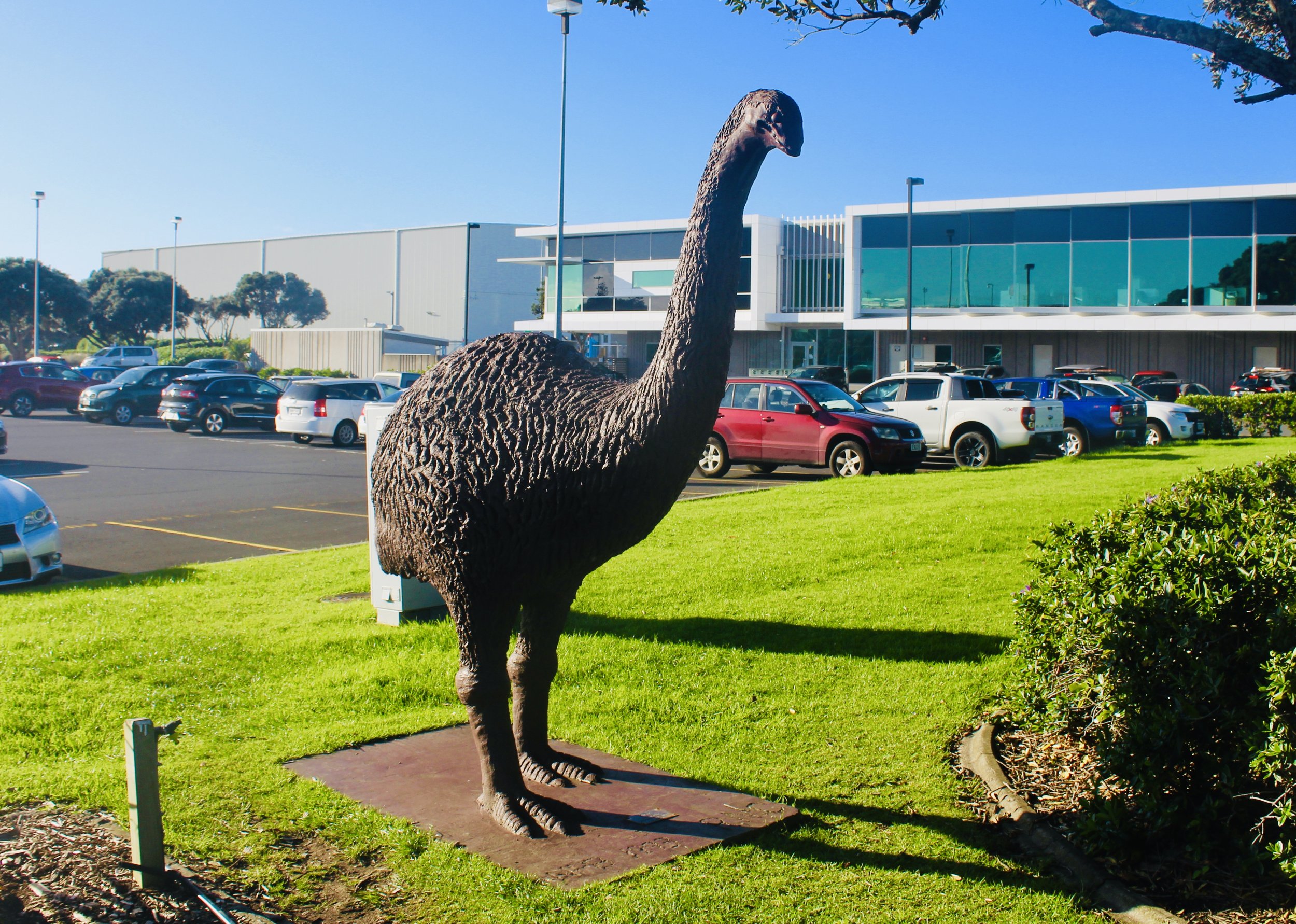
Moa Memoriam Natural Curios

Perfectly Preserved Prints From Ancient Flightless Bird Found In New Zealand Cbc Radio
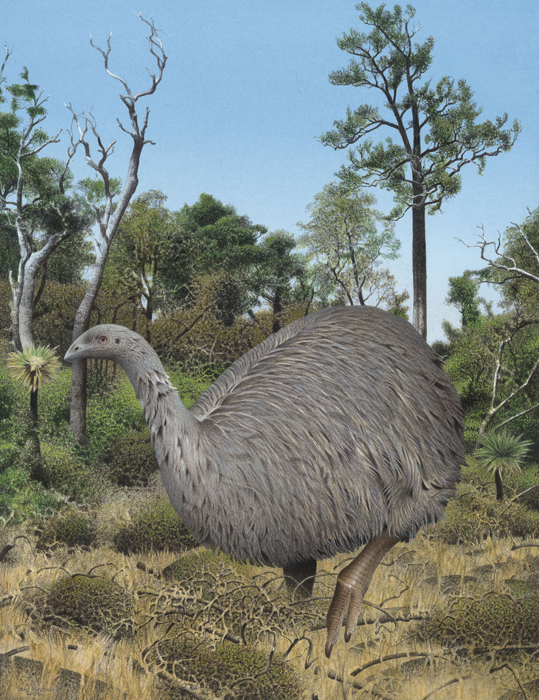
Eastern Moa New Zealand Birds Online

Moa Wikipedia

Moa Wikipedia
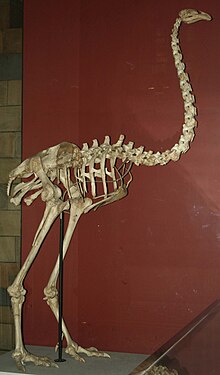
Moa Wikipedia

The Extinct Moa Of New Zealand A Bird Idemo U Australiju Facebook
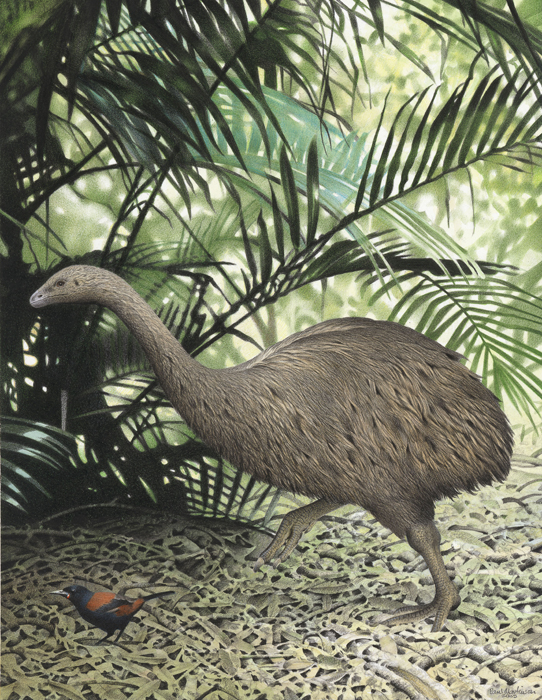
Little Bush Moa New Zealand Birds Online

New Zealand South Island West Coast Otira Sculptures Of The Big Stock Photo Alamy
Q Tbn 3aand9gcsubhoi8cesr1eal05cdmkhy2cm9ab95eubns6kydyrnykuj Nv Usqp Cau

Moa Nz S Extinct Giant Active Adventures

The Moa Extinct Giant Flightless Bird Of Aotearoa New Zealand Youtube

Moa Size Extinction Facts Britannica
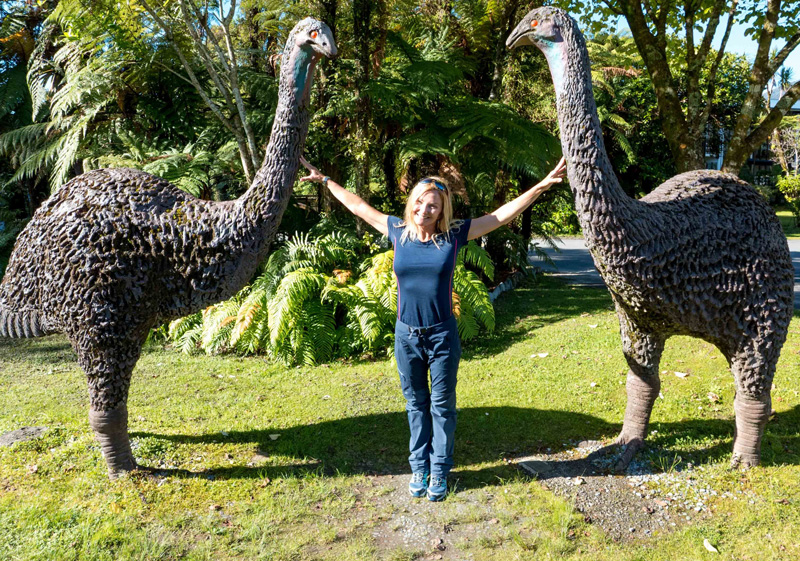
The Foot Of A Moa These Birds Were 12ft Tall 230kg 510 Lb And Were Alive Until 1440 In New Zealand Crosspost R Realextinctlife Interestingasfuck

Moa Extinction An Irreplaceable Loss Stuff Co Nz
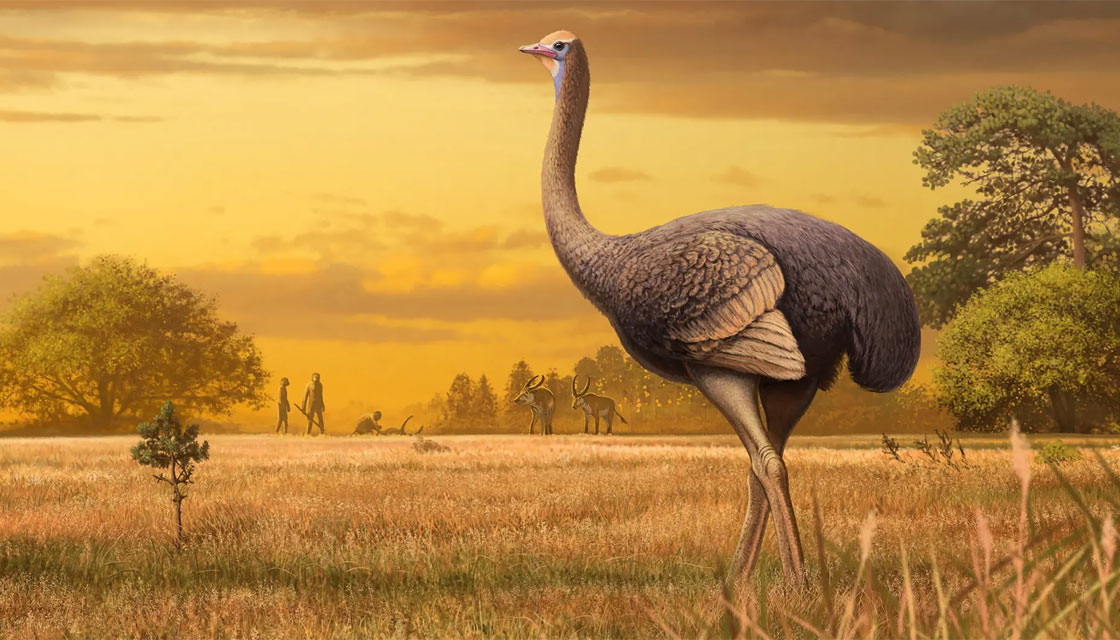
Ancient Bird Twice The Size Of The Moa Found In Crimea Newshub

Moa Te Ara Encyclopedia Of New Zealand
/arc-anglerfish-syd-prod-nzme.s3.amazonaws.com/public/FALQL2G4VRAQJKTS6ALJN6GSPY.jpg)
Moa More Closely Related To South American Flying Bird Than Kiwi Nz Herald

Emu Style Birds Have Abandoned Flight Six Times New Scientist
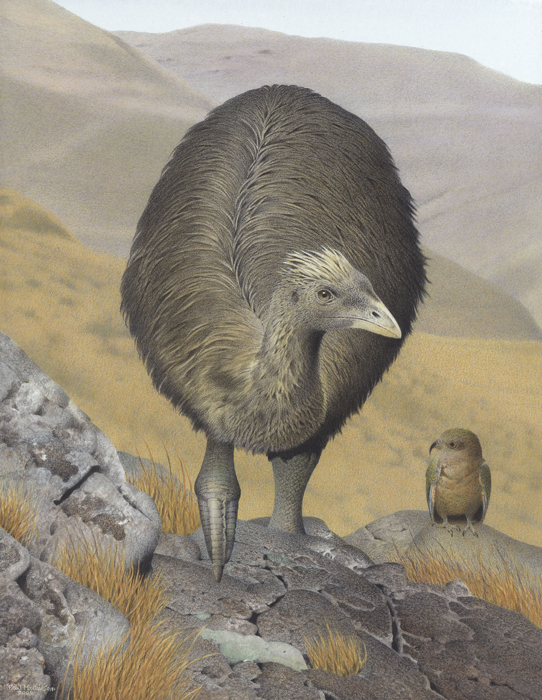
Crested Moa New Zealand Birds Online

Land Birds Overview Te Ara Encyclopedia Of New Zealand

Learn How Scientists Turned Extinct Birds Into Life Like 3 D Animations Audubon
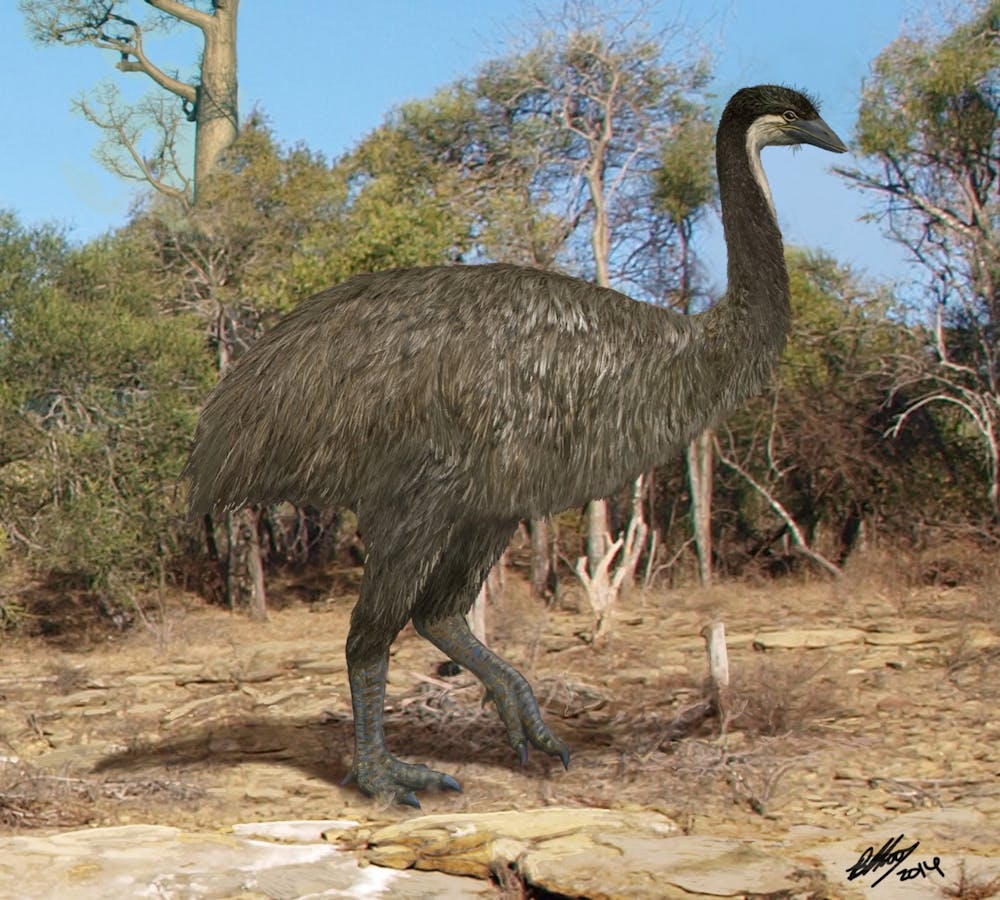
Rewriting The Origin Of New Zealand S Kiwi Bird Ancestors
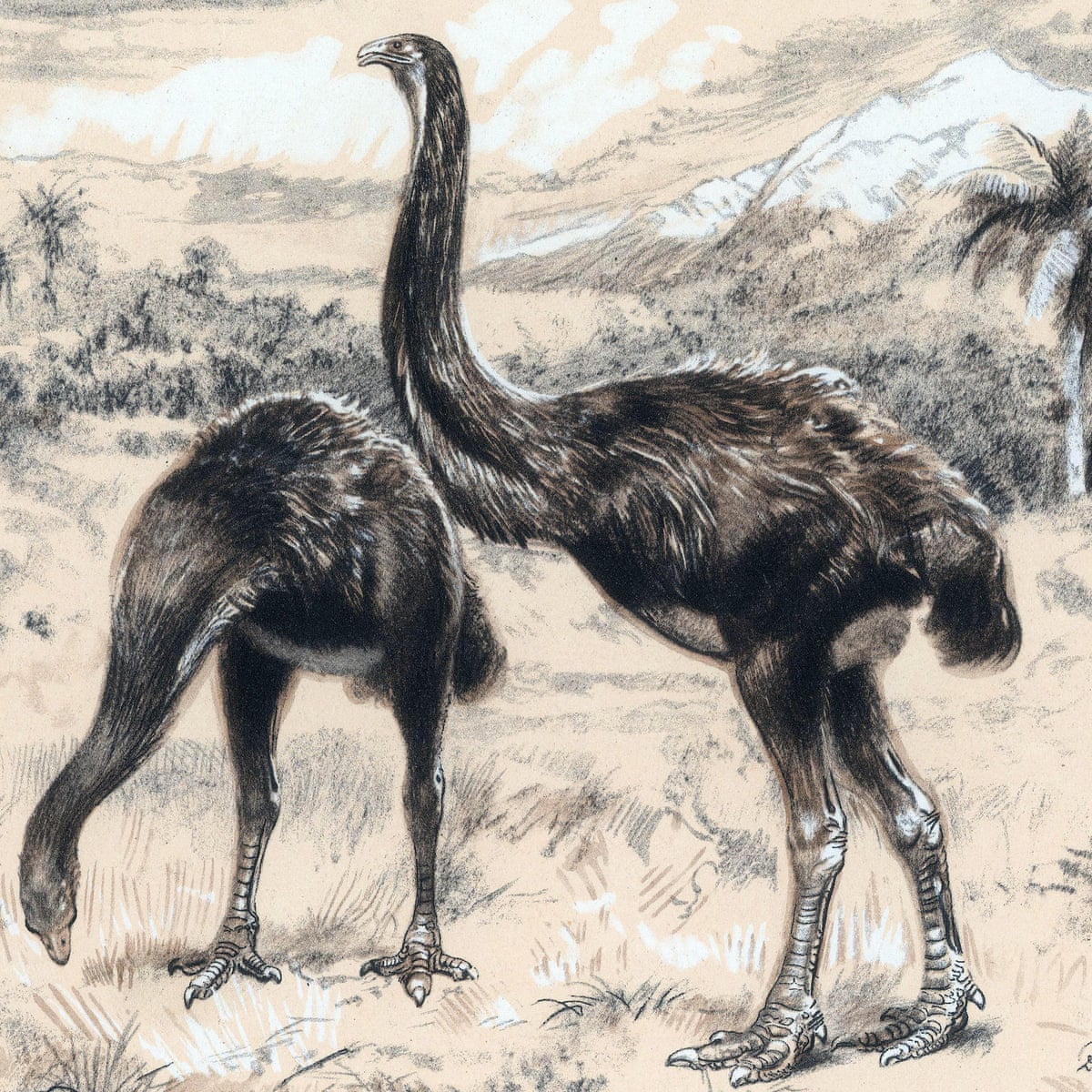
New Zealand Unveils Plans To Tackle Trade In Bones Of Extinct Moa Birds World News The Guardian

Moa The Life And Death Of New Zealand S Legendary Bird New Zealand Geographic
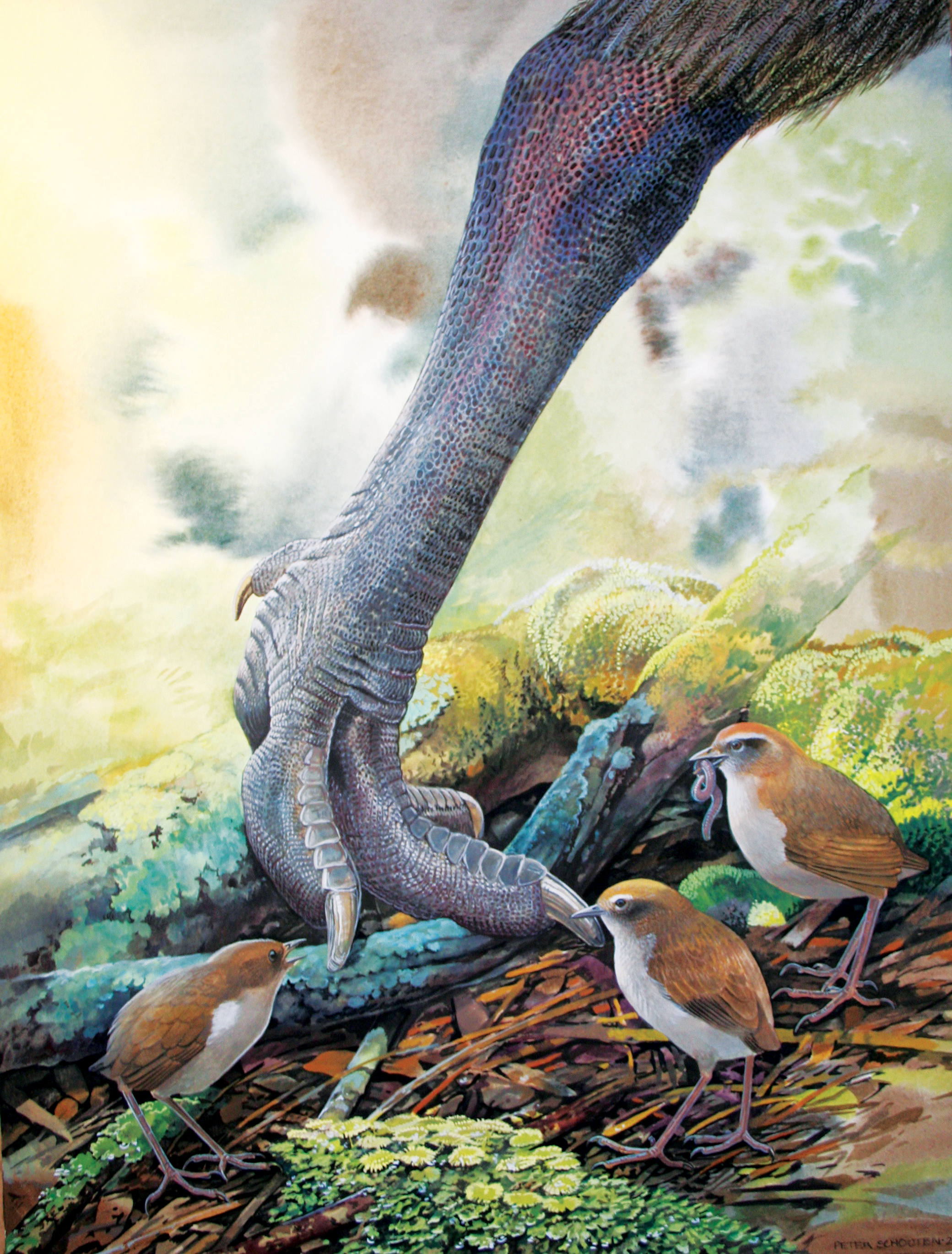
Tameness Kills Lapham S Quarterly
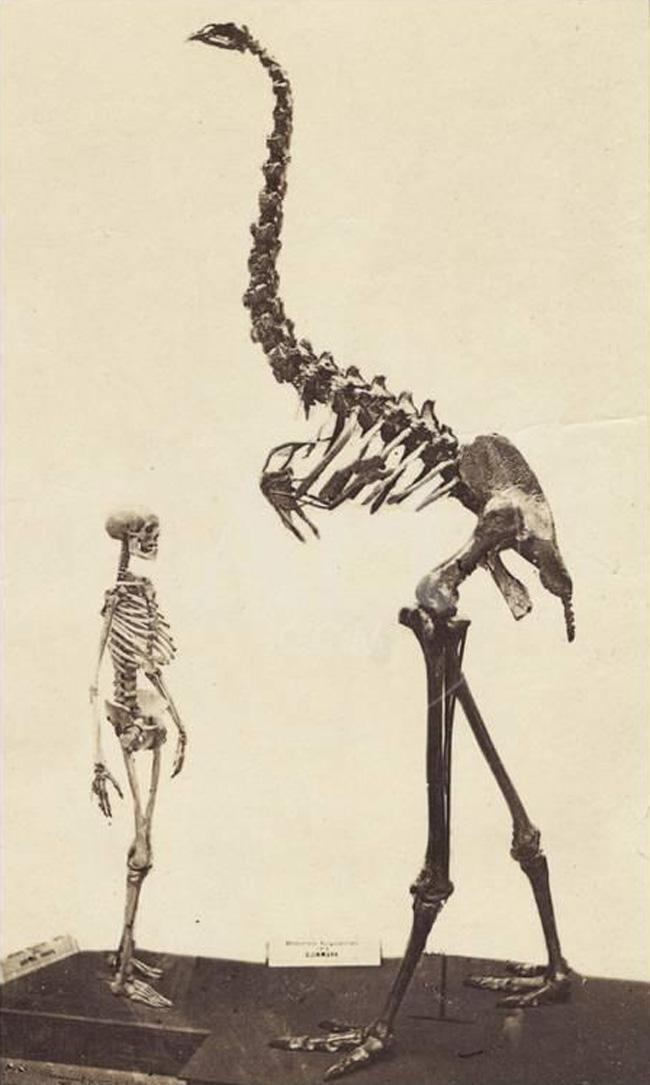
New Zealand Monster Sighting New Zealand Travel Blog

Rare Resources Moa Flightless Bird Of New Zealand
Moa Printout Enchantedlearning Com
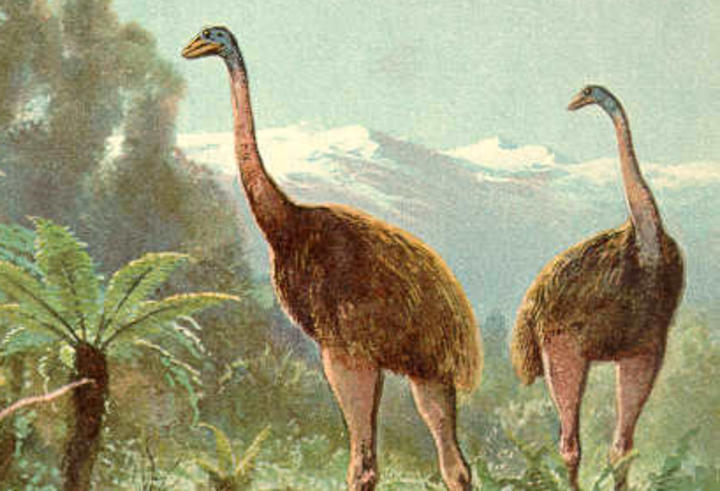
Historic Moa Numbers Uncovered Rnz News

Meet The Hercules Parrot From Prehistoric New Zealand The Biggest Ever Discovered

Moas The Red Notebook Pedro Jordano

Moa Dinornis Sp Model Of Extinct Bird Canterbury New Zealand Stock Photo Alamy
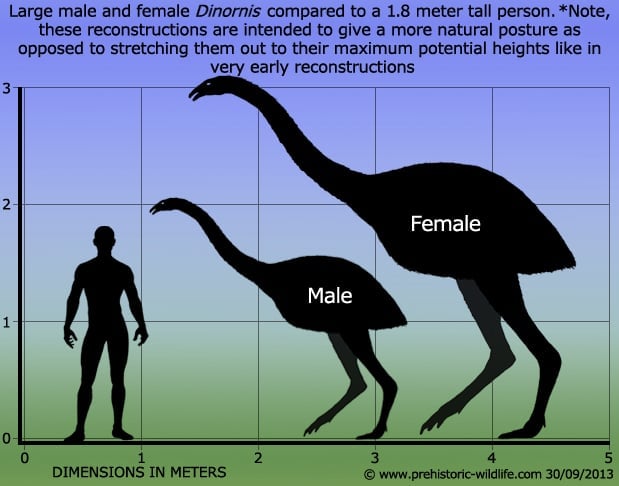
Dinornis
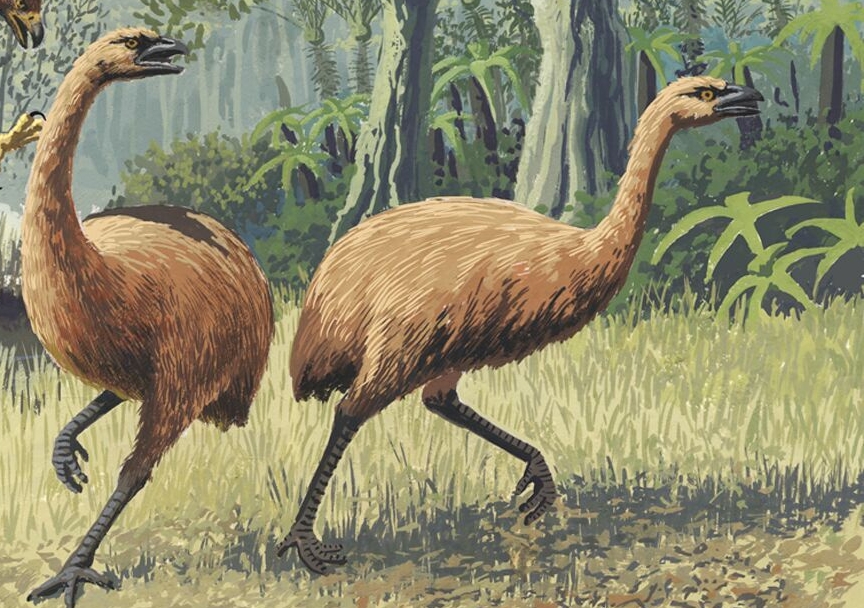
New Zealand S Extinct Moa Irreplaceable Research Reveals Unsw Newsroom

New Zealand Loves The Kiwi So Much It S Both Its National Animal And Bird
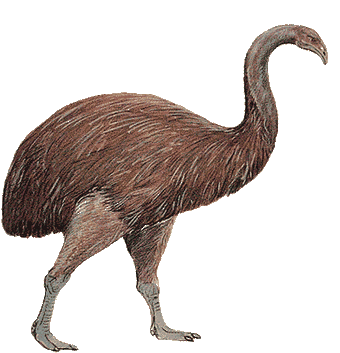
Moa Land Before Time Wiki Fandom
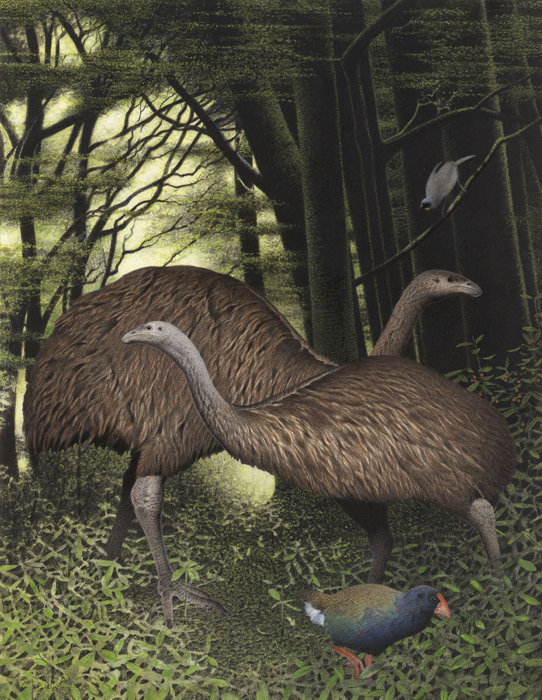
South Island Giant Moa New Zealand Birds Online

New Zealand Extinct Birds Colouring Pages Moa Ks1 Black And White

A New Zealand Man Found 12 Million Year Old Moa Footprints Quartz

Amazon Com Prodigious Birds Moas And Moa Hunting In Prehistoric New Zealand Anderson Atholl Books

Explore And Discover Nature Picturing Ancient New Zealand Using Clues From Science
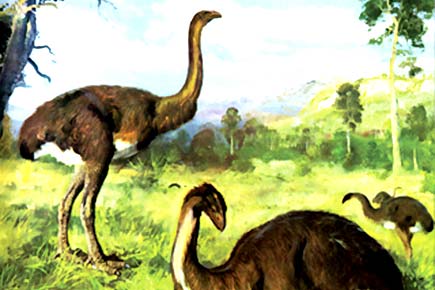
Giant Moa Rebuilt Open The Magazine

Moa Wikipedia

It Would Take 50 Million Years To Recover New Zealand S Lost Bird Species
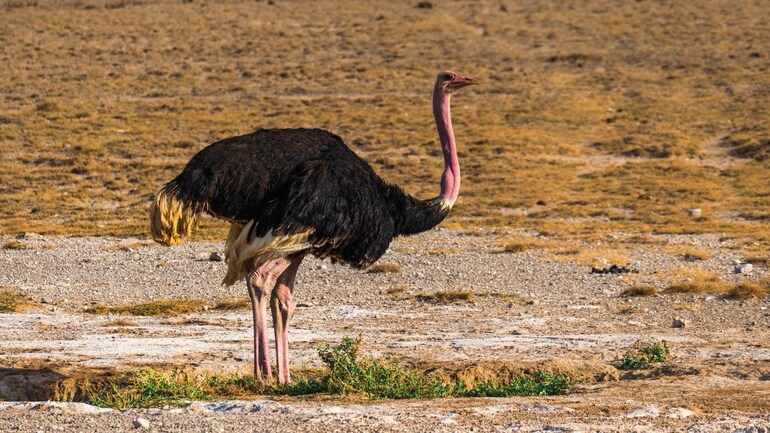
Fossil Of Ancient Bird 3 Times Larger Than Ostrich Found Education Today News
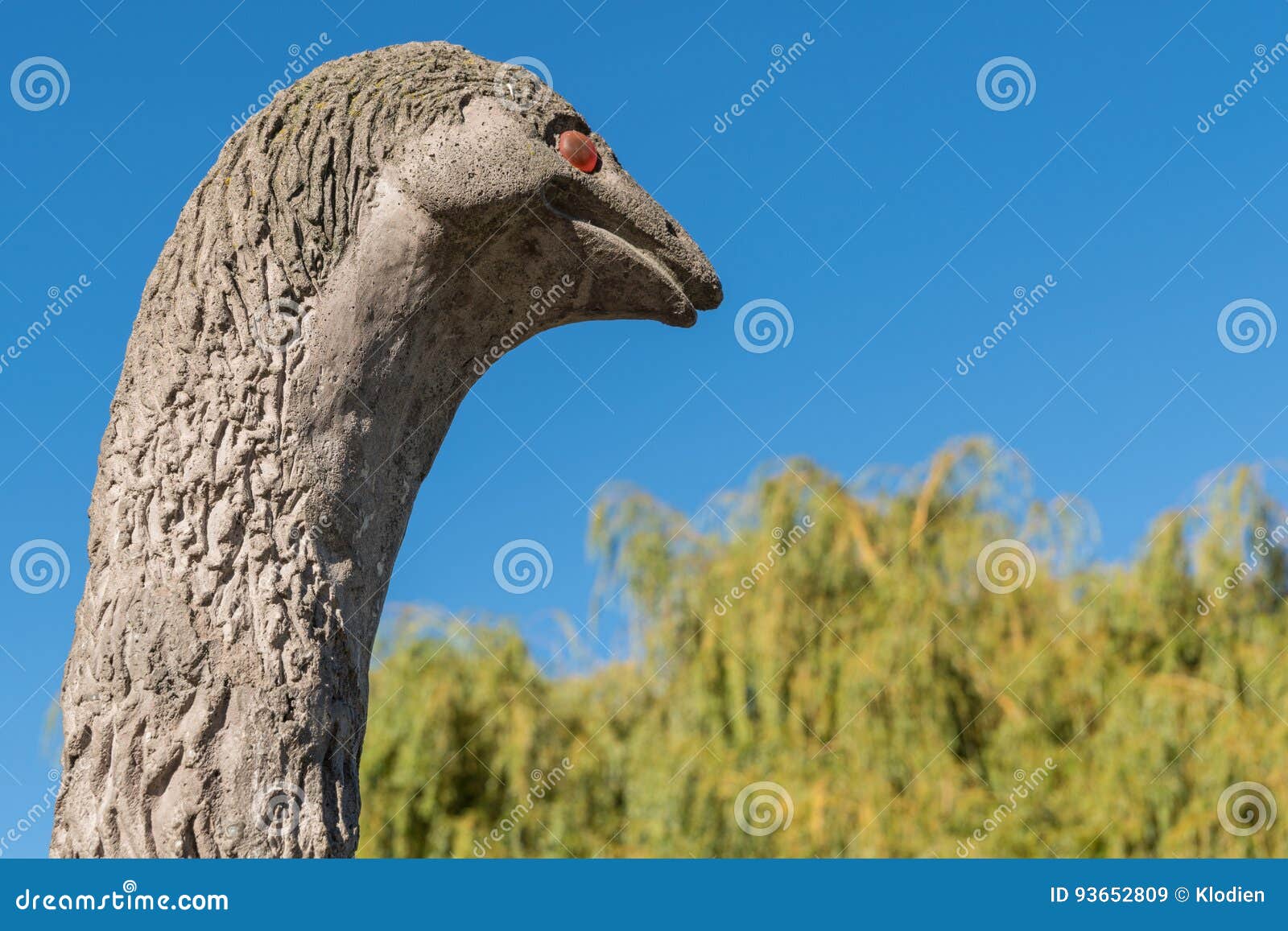
Head Of Moa Extinct Bird Statue Queenstown New Zealand Editorial Stock Image Image Of Aotearoa Head
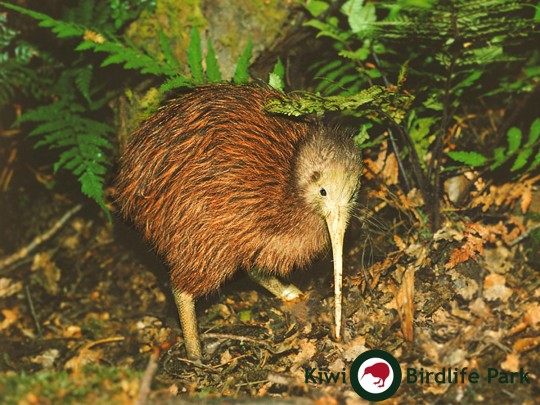
New Zealand Realm Of Birds Carnegie Museum Of Natural History

Dinornis Maximus Fossil Bird Moa Quaternary New Zealan Flickr
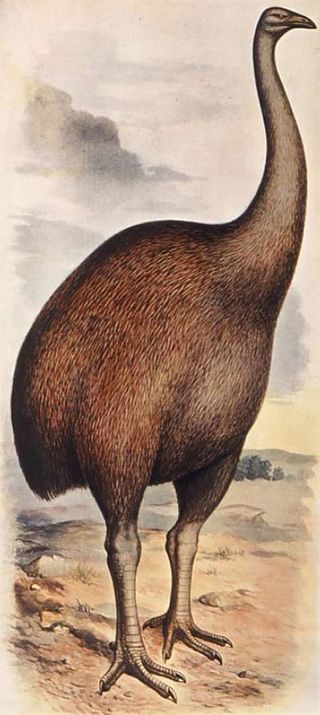
Giant Extinct Birds Grew Up Slow Live Science
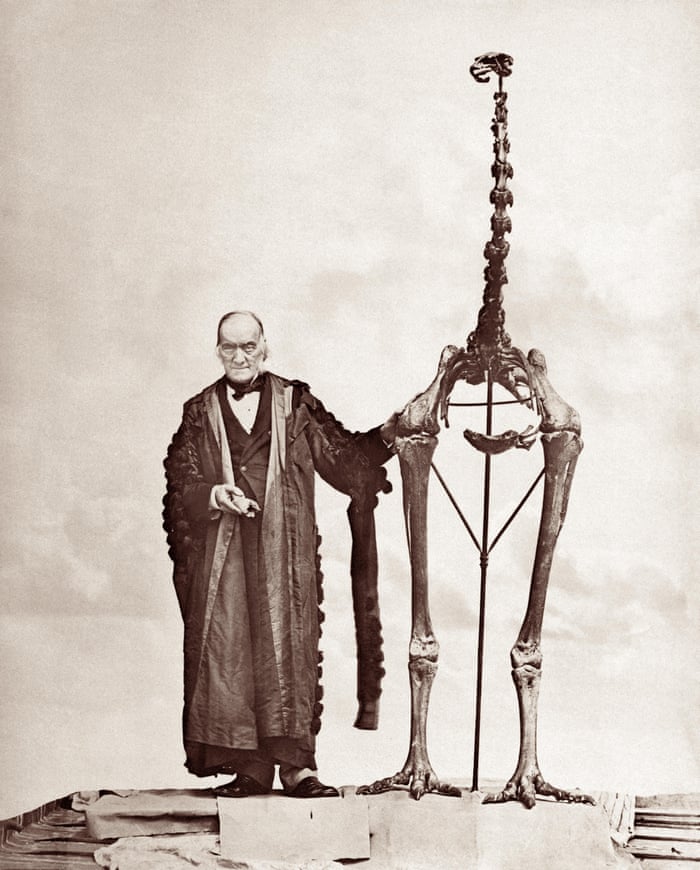
Moa For Sale Trade In Extinct Birds Bones Threatens New Zealand S History New Zealand The Guardian

The Evolutionary History Of The Extinct Ratite Moa And New Zealand Neogene Paleogeography Pnas
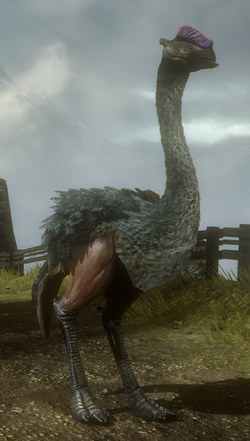
Moa Species Halopedia The Halo Wiki
Map Of New Zealand Showing The Localities At Which Whole Moa Eggs Have Download Scientific Diagram
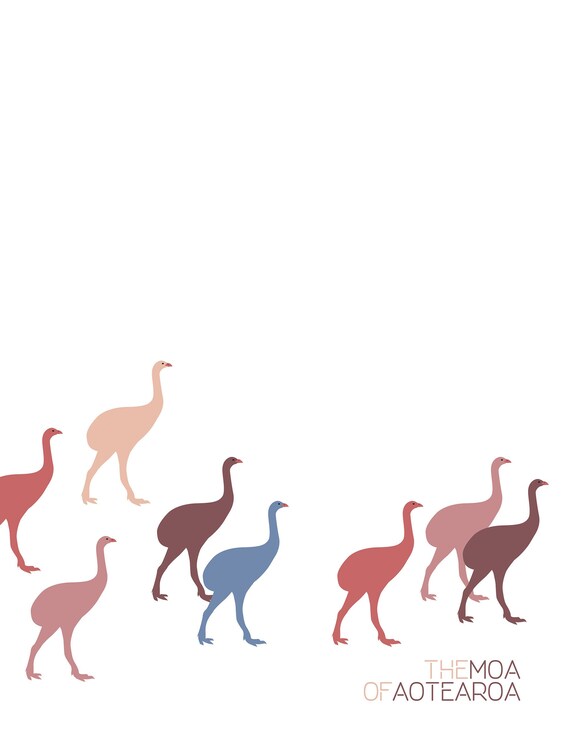
Moa Of Aotearoa Contemporary Designer Tea Dish Towel Of New Etsy
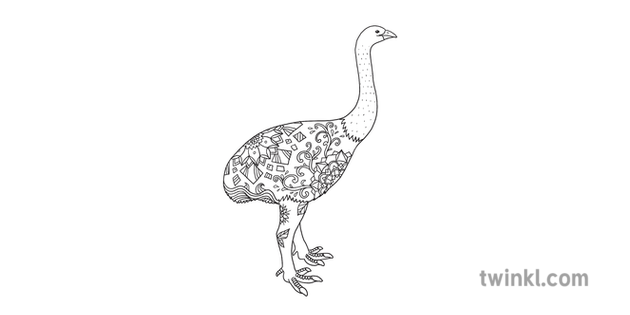
Moa Bird Extinct Birds New Zealand Mindfulness Colouring Illustration
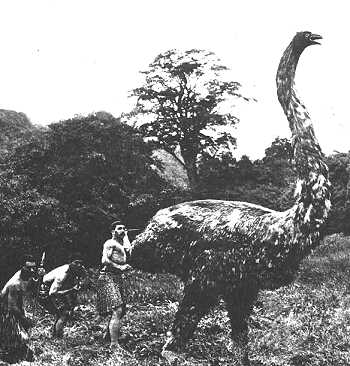
Moa Cryptid Wiki Fandom
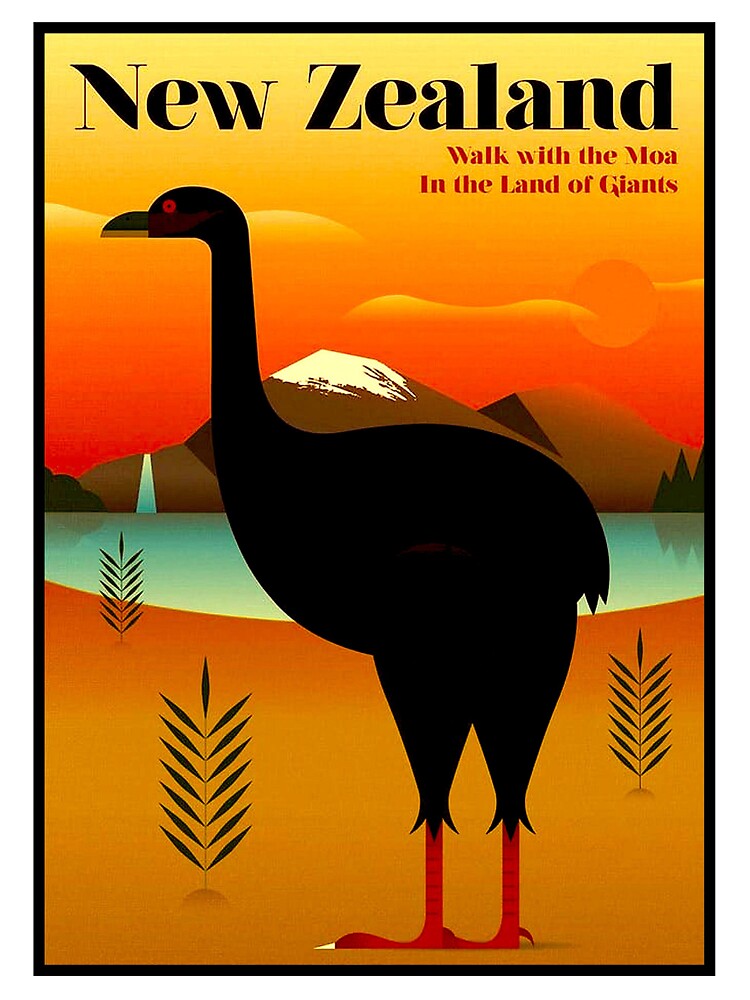
New Zealand Vintage Moa Giant Bird Tourism Print Kids T Shirt By Posterbobs Redbubble

Flightless Bird Wikiwand

Bird S Extinction Is Tied To The Arrival Of Humans The New York Times
/arc-anglerfish-syd-prod-nzme.s3.amazonaws.com/public/M7BIJLWDAZF4PFG34CCMLG6NMA.jpg)
Scientists Make Their Own Moa Gut To Quash Big Theory Nz Herald

Kiwi Are Ratites Kiwis For Kiwi

Extinct Moa Rewrites New Zealand S History

Early Archive Photo Of Life Sized Dinornis Moa Model Alongside A Kiwi For Scale Purposes Prehistoric Animals Extinct Animals Extinction

Kiwi Are Ratites Kiwis For Kiwi

Why Did New Zealand S Moas Go Extinct Science as

Moa Natural Curios Blog Natural Curios

The Moa Giant Birds Of Old New Zealand Youtube

Scientists Closer To Reviving Extinct Little Bush Moa Bird Daily Mail Online

The New Zealand Moa From Extinct Bird To Cryptid Skeptical Inquirer

17 New Zealand Animals You Haven T Seen Before Photos Kiwigrub

Moa Facts Always Learning

Giant Bird Poop Provides Glimpse Of Pre Human New Zealand Landscape National Geographic Society Newsroom
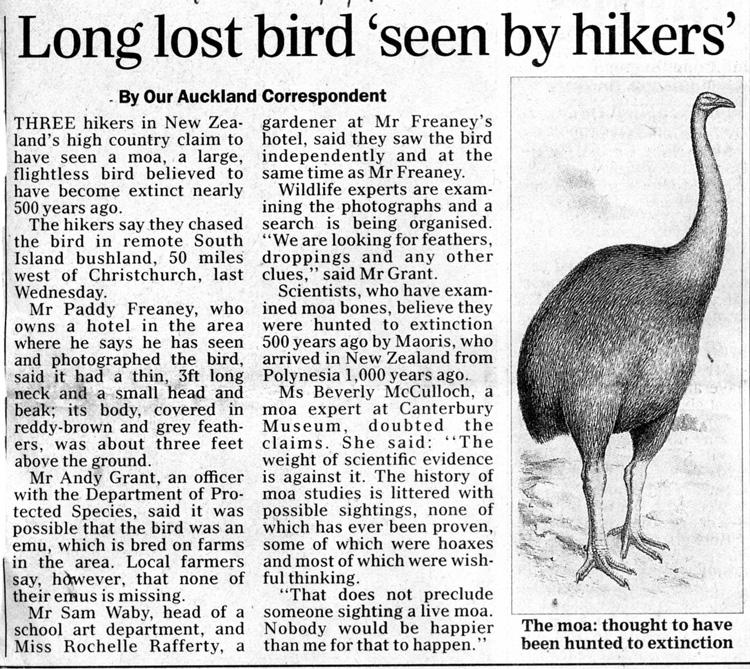
New Zealand Monster Sighting New Zealand Travel Blog

Artwork Of Giant Moa In New Zealand Stock Image C021 28 Science Photo Library

New Zealand South Island West Coast Otira Sculptures Of The Big Moa Extinct New Zealand Bird Stock Photo Alamy

The De Extinction Dilemma Should We Bring Back The Moa Or Save The Kiwi Idealog

This Is The Foot Of A Giant Moa Bird From New Zealand Which People Commonly Mistake For A Dinosaurs Foot They Were Quite Large Birds That Could Not Fly And Survived Until
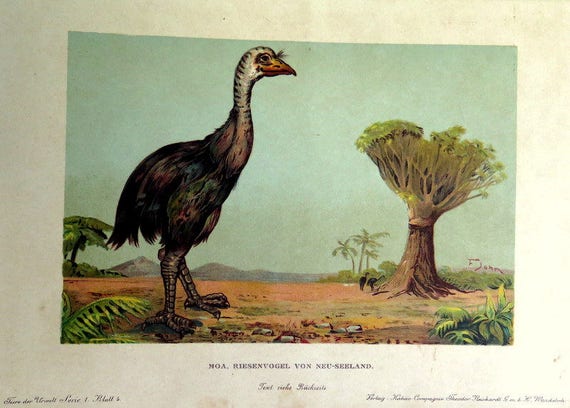
Antique Amazing Moa Prehistoric Animal Print Engraving Etsy

Moa Attack On Tramper Caught On Camera
Q Tbn 3aand9gct5p2w9wjq6plh8qxsiqgks5lrttms2rfry6yxkbqvg9qlfov Usqp Cau

Extinct Birds Of New Zealand Moa Te Papa S Blog

Fossil Poop Reveals Critical Role Of Giant Birds In New Zealand S Ecosystem Science as
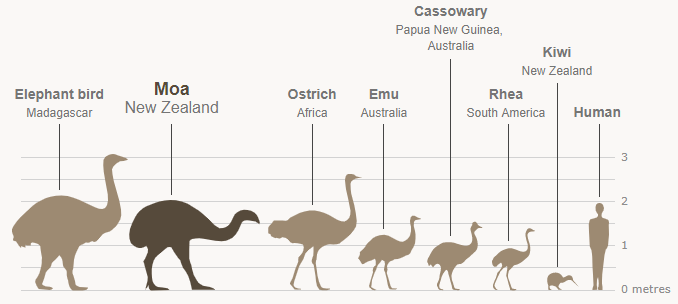
Ratite Birds Moa Te Ara Encyclopedia Of New Zealand

Moa Nz S Extinct Giant Active Adventures

Extinct Giant Moa Bird Wasn T So Giant After All New Study Finds

Humans Alone Killed Off The Giant Moa Bird

Blame Humans New Research Proves People Killed Off New Zealand S Giant Birds
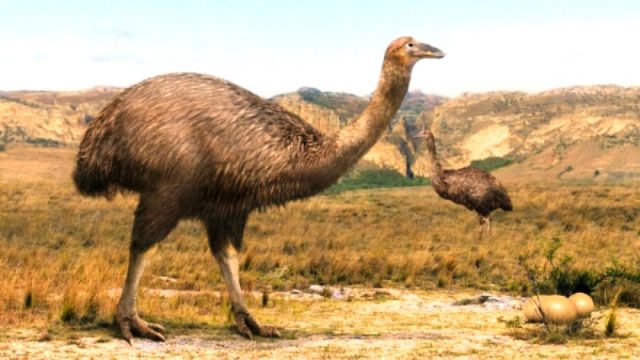
Moa Cryptid Wiki Fandom

New Research Uncovers Why Moas And Kiwis Lost Ability To Fly Stuff Co Nz

New Zealand Maori Extinct Moa Bird Tapestry By Extremeinfinite Redbubble

Tale Of The Giant Moa Explore Topics Auckland War Memorial Museum
Q Tbn 3aand9gcqgfeevdfijbffviwut3lckfiuuy7dyw0ns 5ydz4l2nykrwndq Usqp Cau
Q Tbn 3aand9gcqoo32b1au6uijfrpgxbqfhjufx8qz2s0d4kbaaay7ahyqn8hmy Usqp Cau
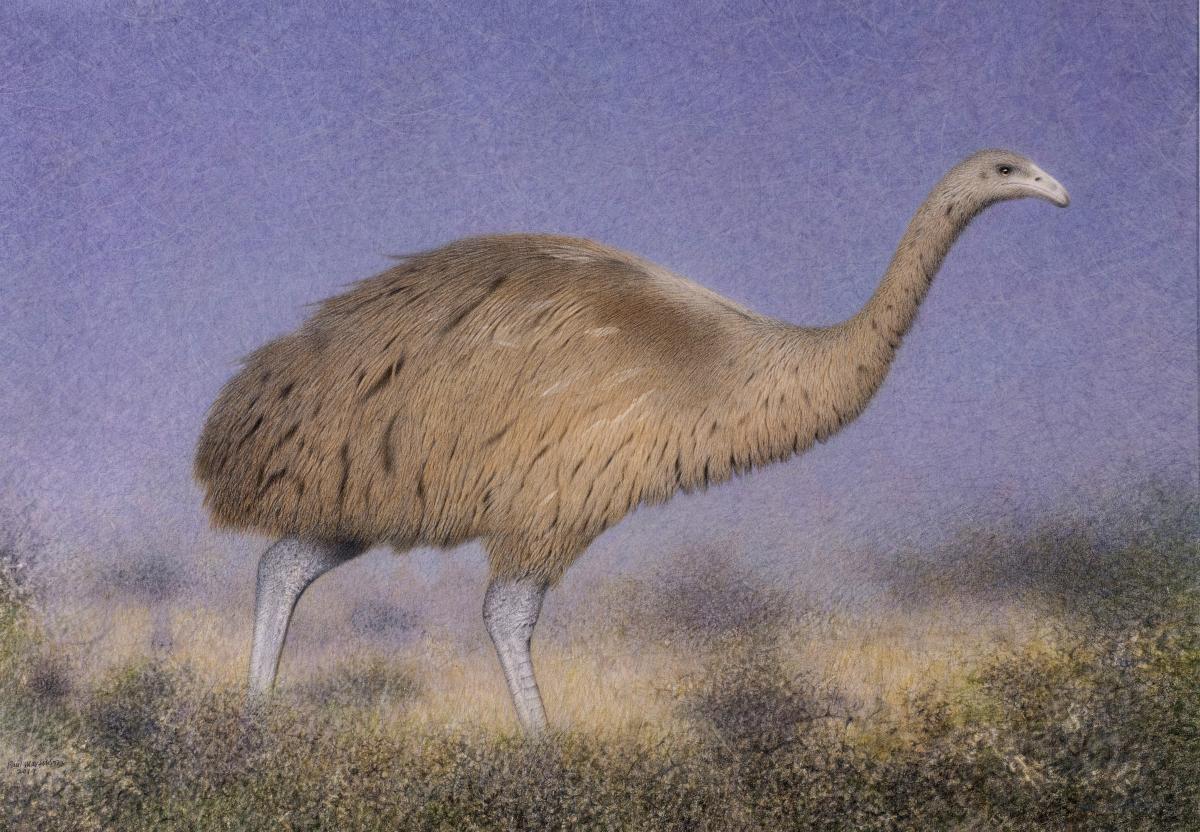
South Island Giant Moa New Zealand Birds Online



